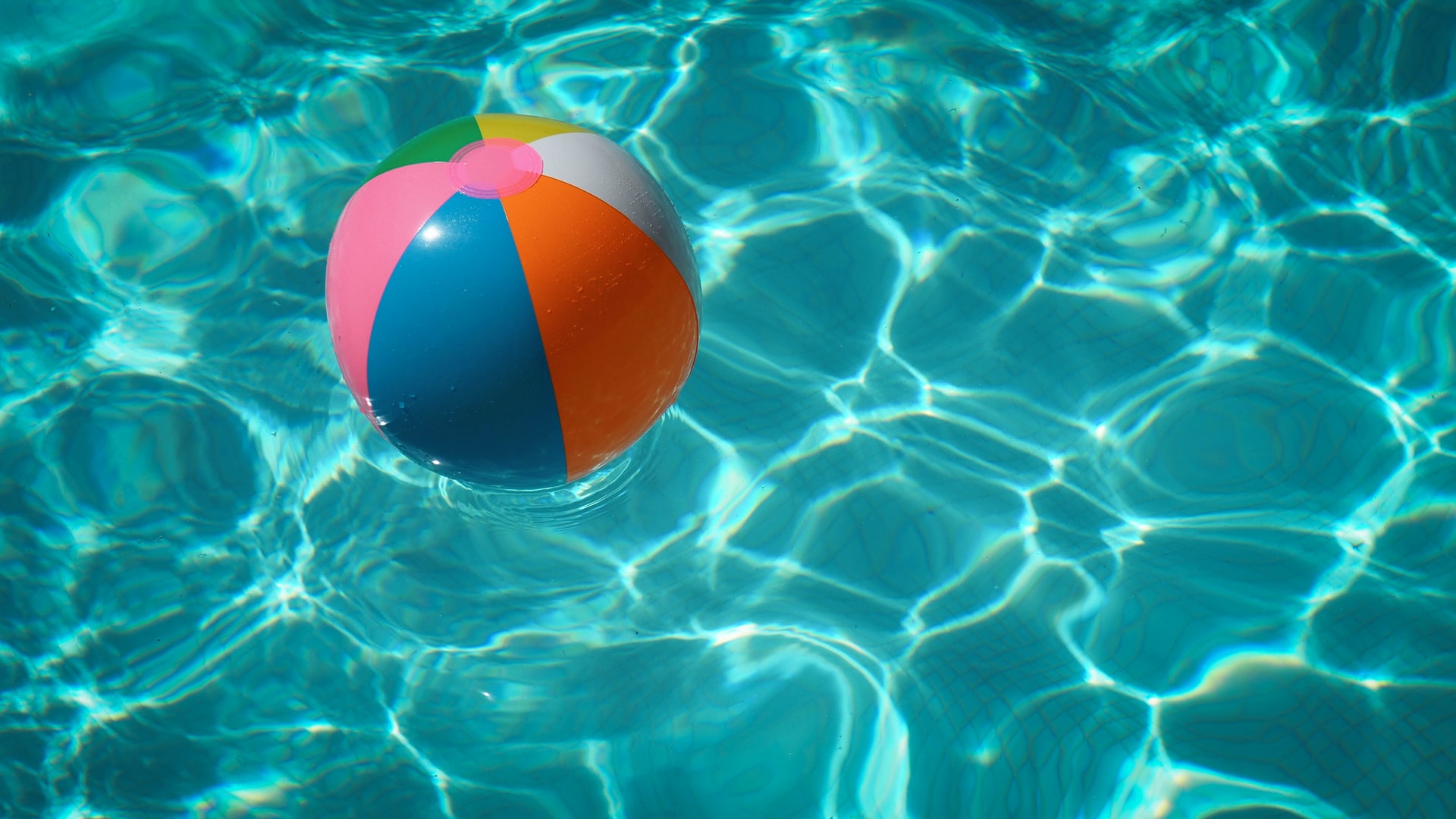
25 Jul Can Mold Grow in My Pool?
There’s nothing quite like taking a refreshing plunge into a cold swimming pool on a hot summer day! But wait—what’s that white substance that looks like tissue paper floating on the surface of the water? And is that toxic black mold you see between the tiles on the side?
Yes, it is possible to have mold in your pool. And even though that mold is growing outside, it can impact the inside of your home as well. If you find mold in your pool, the best thing to do is get rid of it as soon as you can.
Why is mold growing in my pool?
Regular swimming pool maintenance and upkeep are essential to keeping the water in the pool clean and crystal clear. Because water is a natural element, some bacteria and algae growth can be expected. And sometimes, despite a homeowner’s best efforts, a pool can develop mold.
White water mold is the most common type of mold found in a pool. This type of mold is actually a naturally occurring fungus that grows in the water. As it grows, it thickens to become almost mucus-like. White water mold looks a lot like pieces of tissue paper floating on the surface of the water.
Because it is so thick, white water mold can quickly clog filters, pool cleaners, and other vital equipment. It latches on to pool ladders and steps, making them slick and dangerous to use. And it also coats pool toys and light fixtures—it takes a lot of cleaning to get rid of white water mold.
In addition to mold in the water, toxic black mold can also grow in your swimming pool. Sometimes referred to as black algae, it is identifiable as dark spots growing on parts of the pool’s structure, such as along the walls or on the bottom of a pool.
Black mold in a swimming pool is not easy to remove. That is because it grows deep roots that fasten onto concrete, tile, and other natural stone elements of a pool. If left untreated, pool black mold grows and spreads to other parts of the pool, and could become a health hazard.
How does mold in my pool affect the inside of my home?
White water mold is not toxic when it’s outside of your body. However, if it gets into your drinking water, that’s a different story.
Because white water mold is very sticky, it easily attaches to anything in the pool, including bathing suits, cover-up clothing, and pool toys. And when you get out of the pool, it transfers to your towel, flip-flops, and anything else it touches.
You’ll probably wash those contaminated bathing suits and towels in your washing machine. Plus, you’ve potentially tracked the mold into your home and it’s now on your carpets and furniture. And bathing in your tub or taking shower after swimming in a mold-infested pool could transfer the mold to your bathroom.
All of these situations provide a way for white water mold to get into your home’s pipes, including the ones that supply your drinking water. Ingesting white water mold can lead to a variety of gastrointestinal and other health problems.
Just like white water mold, black mold can also be transferred from your swimming pool to the inside of your home. If you brush up against black mold, its spores can adhere to your bathing suits, clothing, towels, and toys, easily making their way into your house where it can cause a health issues like mold sickness.
Mold-Free Swimming in Massachusetts
If you’re wondering how to get rid of mold in your pool—and keep it away—your best bet is to regularly clean your pool and keep the water chlorinated. If you see any signs of white water mold or black mold in your pool, make sure you seek professional assistance to remove it as quickly as possible. And, until your pool is completely mold-free, no swimming! You do not want to risk transferring mold from your pool into your home.
If you have more questions about mold in your pool and how it can affect your health and home, call Pure Maintenance NE today at 401-205-3825.
Photo by Raphaël Biscaldi on Unsplash




No Comments